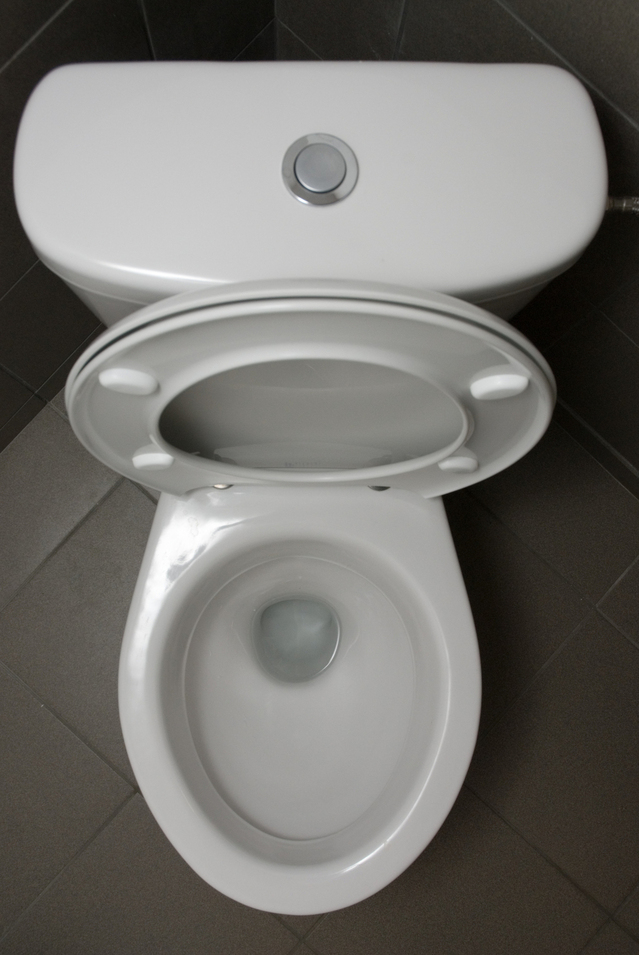Replacing a toilet might sound like a daunting task, but with the right tools and a bit of patience, it’s a project you can tackle yourself. Whether your toilet is old and worn out or you’re simply updating your bathroom, this step-by-step guide will walk you through the entire process.
Tools and Materials You’ll Need:
Before starting, gather the following tools and materials:
- New toilet (bowl and tank)
- Toilet wax ring or wax-free seal
- Adjustable wrench
- Flathead screwdriver
- Channel lock pliers
- Hacksaw (if needed)
- Towels or rags
- Bucket or pan for water
- Sponge or wet/dry vacuum for water cleanup
- Caulk (optional, for sealing the base)
Step 1: Turn Off the Water Supply
The first step in replacing your toilet is shutting off the water supply. The shut-off valve is typically located on the wall behind the toilet, near the floor.
- Turn the valve clockwise to cut off the water supply to the toilet.
- Flush the toilet to drain most of the water from the tank and bowl.
- Use a sponge or towel to soak up any remaining water in the tank and bowl.
Step 2: Disconnect the Water Line
Once the water is off and the toilet is drained, it’s time to disconnect the water supply line.
- Use a pair of adjustable pliers to loosen the nut that connects the water line to the toilet’s tank.
- Once loosened, remove the line from the tank. You might have a little residual water dripping out, so keep a bucket or pan handy.
Step 3: Remove the Toilet
Now that the water supply is disconnected, it’s time to remove the old toilet.
- Remove the Toilet Tank Lid: If your tank lid is still on, remove it and set it aside to avoid breaking it.
- Unscrew the Bolts: The toilet is secured to the floor by bolts that run through the base of the toilet into the floor. These bolts are typically covered with plastic caps at the base of the toilet. Pry the caps off with a flathead screwdriver, then use a wrench to loosen and remove the nuts from the bolts.
- Lift the Toilet Off the Floor: Once the nuts are removed, gently rock the toilet back and forth to break the wax seal, and then lift the toilet straight up off the flange. You may need help if the toilet is heavy or hard to remove.
- Set the Toilet Aside: Place the old toilet in a safe location where it won’t get damaged.
Step 4: Remove the Old Wax Ring
The wax ring that sits on the toilet flange is likely what has caused the toilet to become unsturdy or leak over time.
- Use a putty knife to scrape off the old wax ring from the toilet flange on the floor. Make sure the flange is clean and free of wax.
- If there are any broken parts of the flange, now is the time to replace them as well.
Step 5: Install the New Wax Ring
Now that the flange is prepared, it’s time to install the new wax ring.
- Place the new wax ring onto the toilet flange. Make sure it fits securely in place.
- Alternatively, if you’re using a wax-free toilet seal, follow the manufacturer’s instructions for installation.
Step 6: Position the New Toilet
It’s time to install your new toilet.
- Align the Toilet: With the wax ring in place, lift your new toilet and carefully align it with the bolts on the toilet flange. Make sure it’s aligned correctly before setting it down.
- Press the Toilet Down: Gently press the toilet down onto the flange so that the wax ring compresses and creates a tight seal. Be careful not to rock the toilet too much, as this can break the seal.
Step 7: Secure the Toilet
Now that the toilet is properly positioned, it’s time to secure it to the floor.
- Tighten the Bolts: Slide the nuts onto the bolts and tighten them with a wrench. Be careful not to overtighten the nuts, as this can crack the porcelain. Tighten them just enough to secure the toilet without forcing it down too hard.
- Trim the Bolts (if necessary): If the bolts are too long, you may need to trim them with a hacksaw to avoid any sharp edges.
Step 8: Reconnect the Water Supply Line
Now that the toilet is securely in place, reconnect the water supply line to the tank.
- Attach the Water Line: Use the adjustable pliers to tighten the nut onto the water supply valve, ensuring a secure connection.
- Turn On the Water Supply: Turn the shut-off valve counterclockwise to restore water flow to the toilet.
Step 9: Test the Toilet
It’s time to make sure everything is working properly.
- Turn on the Water: Allow the tank to fill with water, and check for any leaks around the base of the toilet and at the water line connection.
- Test the Flush: Once the tank is full, flush the toilet to check for proper function and ensure the toilet is securely in place.
- Check for Leaks: If you notice any leaks, turn off the water and tighten the connections or adjust the position of the toilet.
Step 10: Caulk the Base (Optional)
For a clean, finished look, you may want to caulk around the base of the toilet to prevent water from getting under the toilet.
- Apply a bead of caulk along the base of the toilet where it meets the floor.
- Smooth it out with a wet finger or caulk tool for a neat finish.
Final Thoughts
Replacing a toilet is a manageable DIY project that can save you money and give your bathroom a fresh look. With the right tools and a bit of care, you can successfully install your new toilet in no time. If you follow these steps carefully, you’ll have a fully functional and secure toilet that will provide you with years of use.
Ready to get started on your toilet replacement? Gather your materials, follow this step-by-step guide, and you’ll have a new toilet in no time!


